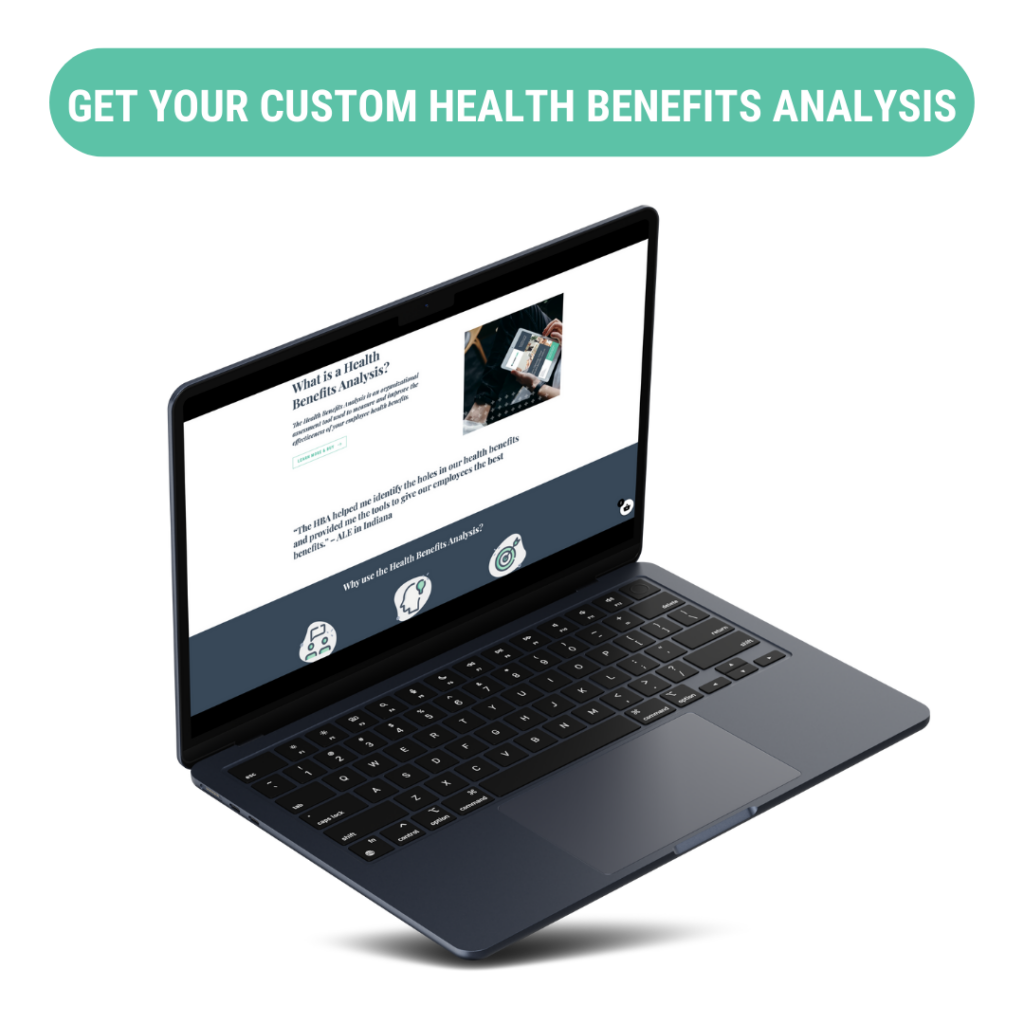A recent study found only 4% of Americans understand the four most basic health insurance terms. This is a problem, since understanding the basics of health insurance is vital when choosing the best plan for you and your family.
When it comes to picking insurance, many questions may arise: Does a higher cost mean it’s a better choice? Is it okay to “skimp” on coverage and save some money? How do I know I’m getting the best coverage for my family?
It can be difficult to navigate these tough questions.
The right plan will be different for everyone, but understanding the following four basic terms will help you navigate your options.
Be sure to evaluate your own situation, and don’t feel bad about asking for help! By doing so, you’ll be able to choose the best, most cost-effective plan for your circumstances.
Summary of Benefits and Coverage
In order to evaluate your health insurance options, you’ll want to look at the Summary of Benefits and Coverage. This is a standardized template for all plans to help you compare. Below are four terms everyone should know from this form:
1. Out-of-Pocket Max
Insurance provides financial protection when the unexpected happens. Sometimes, the unexpected can be far worse than we foresee. When this happens, it’s important you are able to financially anticipate your “worst year.”
Your “worst year” refers to your out-of-pocket max. The out-of-pocket max is the highest amount of money you could pay on out-of-pocket medical expenses in any given year. Depending on your insurance plan, you may reach this number quickly (especially if you need high cost medical care).
The 2021 IRS limit for an out-of-pocket max is $14,000.
Because this number can be so high, it is extremely important you are aware of it — and you have a plan in place to financially manage your out-of-pocket max.
The out-of-pocket max is located on Row 4 of your current Summary of Benefits and Coverage.
2. Deductible
The term deductible is heard often, but commonly misused. Most people mistake their deductible for their out-of-pocket max. This misunderstanding can create serious issues once bills start rolling in and you feel blindsided by what you owe.
Your deductible is the amount toward bills you owe before your insurance company will begin paying. The health insurance deductible is different from car insurance. With most car insurance, you pay your deductible for the accident, and usually everything else is covered. But health insurance is not so simple.
The deductible for your plan is located on Row 1 of your current Summary of Benefits and Coverage.

3. Coinsurance
After you pay your deductible, there is often a “gap” between that amount and your out-of-pocket max. This “gap” amount is bridged by coinsurance: the percentage by which bills are split between you and the insurance company.
Your coinsurance is not your copay, which is a common misconception. If you meet your $500 deductible but haven’t yet met your $4,000 out-of-pocket max, a bill for $1,000 at 20% coinsurance means you owe $200 of that bill.
Coinsurance continues for all incurred medical expenses until you meet your out-of-pocket max. The lower your coinsurance, the less you have to pay per bill as you move toward your out-of-pocket max.
The coinsurance for your plan is located on Pages 2-3 of your current Summary of Benefits and Coverage.
4. Copay
While copay is a very familiar term in the health insurance world, many people don’t really know what it means. A copay is the fixed amount you pay for healthcare services.
Not all plans have copays, and most plans do not count copays toward the deductible. Thankfully, they do count toward the out-of-pocket max. Consumer-driven plans (those that allow usage of an HSA or HRA) are cheaper because they don’t have copays. However, total savings can lower your net risk.
By evaluating how often you intend to visit the doctor and any planned procedures, you can estimate how much you’ll owe toward copays.
If applicable, your copays are located on Pages 2-3 of your current Summary of Benefits and Coverage.

Important Notice: Remodel Health does not intend to provide specific insurance, legal, or tax advice. Remodel Health always recommends consulting with your own professional representation to properly evaluate the information presented and its appropriate application to your particular situation.
